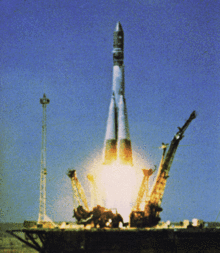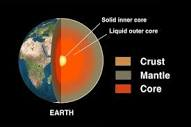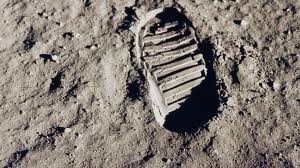
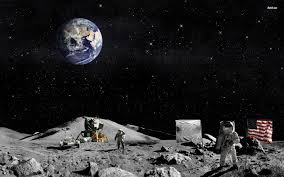
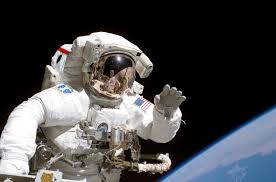
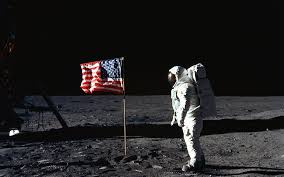
- Home1
- Solar System
- Universe
- Mercury
- Earth
- Mars
- Jupiter
- Saturn
- Uranus
- Neptune
- Venus
- Pluto
- Gravity
- Force
- Acceleration
- Radiation
- Dark Energy & Dark Matters
- Laws of Universe
- Black Hole
- Intern Article / Paper Publication
- Galaxy
- guestbook
- chatroom
- Blogger
- Membership

SPACECRAFTS
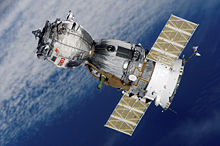
WINGED NON-CAPSULE
The first partially reusable orbital spacecraft, a winged non-capsule, the Space Shuttle, was launched by the USA on the 20th anniversary of Yuri Gagarin's flight, on April 12, 1981.
More than 100 Russian Soyuz manned spacecraft (TMA version shown) have flown since 1967, originally for a Soviet manned lunar program, but currently supporting the International Space Station.
The US
Space Shuttle flew 135
times from 1981 to 2011, supporting Spacelab, Mir, and ISS.
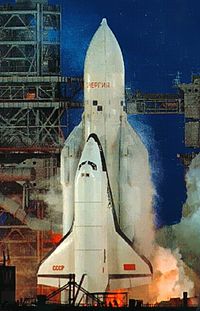
BURAN
The first automatic partially reusable spacecraft was the Buran (Snowstorm), launched by the USSR on November 15, 1988, although it made only one flight. This spaceplane was designed for a crew and strongly resembled the U.S. Space Shuttle, although its drop-off boosters used liquid propellants and its main engines were located at the base of what would be the external tank in the American Shuttle.

Earth :
Earth, also known as "the Earth" and
"the World" and sometimes referred to as the "Blue Planet", the "Blue Marble",
Terra or "Gaia", is the third-closest planet to the Sun, the
densest planet in the solar system .
Population: 7.046 billion
(2012)
Radius: 6,371 km
Age: 4.54 billion
years
Mass: 5.972E24 kg
Distance from Sun: 149,600,000
km
Mean radius : 6371.0
km[6]
Equatorial radius : 6378.1
km
Polar radius : 6356.8
km
Flattening :
0.0033528
Circumference : 40075.017 km
(equatorial) 40007.86 km (meridional)
Surface area : 510072000 km2 [n
5] (148940000 km2 (29.2%) land 361132000 km2 (70.8%)
water)
Volume : 1.08321×1012
km3
Mass : 5.97219×1024 kg (3.0×10-6
Suns)
Mean density : 5.515
g/cm5
Surface gravity : 9.798 m/s2 (0.99732 g)
Moment of inertia factor : 0.3307
Escape velocity : 11.186 km/s
Sidereal rotation period:0.99726968 d
(23h 56m 4.100s)
Equatorial rotation velocity
: 1,674.4 km/h (465.1 m/s)
Axial tilt : 23 deg 26 min 21.4119 s
Albedo : 0.367
Geometric : 0.306 Bond A
tmosphere Surface pressure : 101.325 kPa (at MSL)
Composition :
78.08% ---Nitrogen (N2)(dry air)
20.95% ---oxygen (O2)
0.930% -- Argon
0.039% c --Carbon
dioxide
~ 1% water vapor
(climate-variable)
Temperacture Surface
temp ( Kelvin )
Min
Mean
Max
184
K 288
K
330 K
Temperacture Surface
temp (Celsius )
Min
Mean
Max
-89.2
°C 15
°C
56.7 °C

